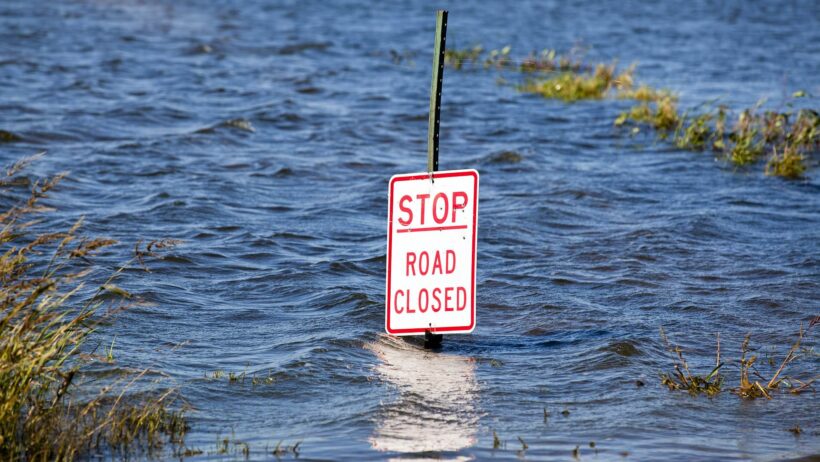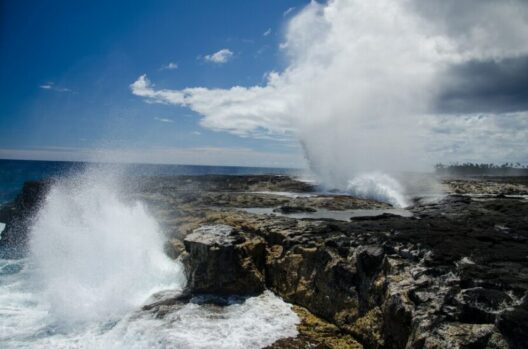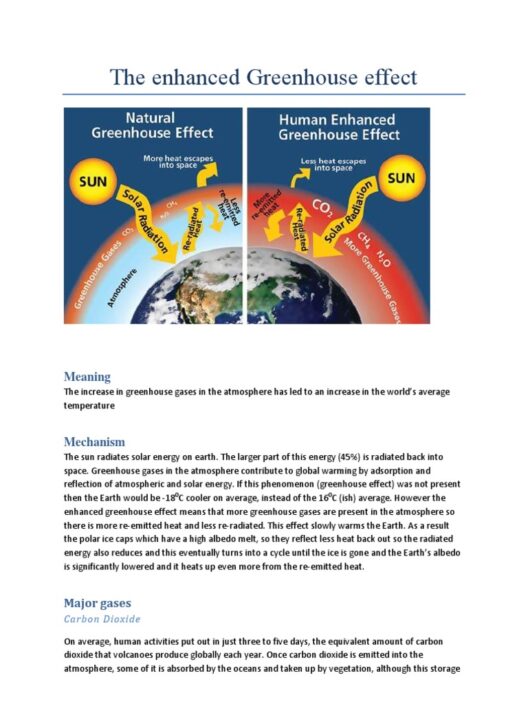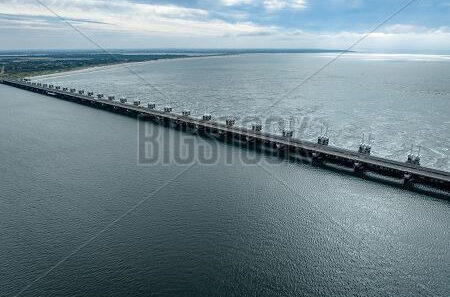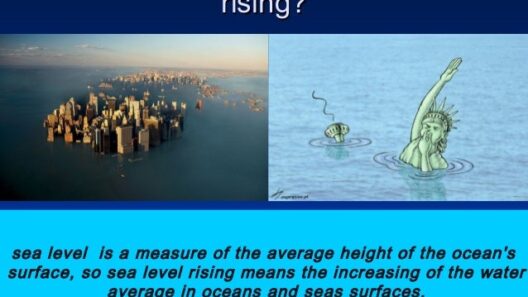The phenomenon of rising sea levels is an alarming indicator of climate change, representing both a tangible threat to coastal communities and a profound transformation of the global ecosystem. As ice caps and glaciers melt and as ocean waters warm, the consequences are felt far and wide, sparking concerns among scientists, policymakers, and laypeople alike. To understand how we can tackle the challenges posed by rising sea levels, it is essential to discern the various approaches available to mitigate this pressing issue.
Many perceive rising sea levels merely as a statistic. Yet, the reality is that every inch of water encroachment can spell disaster for countless ecosystems and human settlements. As the world’s coastal cities and rural areas grapple with the surge of high tides and storm surges, we must focus on actionable strategies to curtail further ocean-level increases.
Understanding the Causes of Rising Sea Levels
Before we delve into solutions, let’s address the root causes of rising sea levels. Predominantly, two processes contribute to this looming crisis: thermal expansion of seawater and the melting of land-based ice. As the Earth’s temperature escalates, ocean waters absorb heat, causing them to expand. At the same time, the accelerated melting of glaciers and ice sheets releases vast quantities of freshwater into the oceans. These dual phenomena are intricately linked to global warming, driven mainly by human activity.
Recognizing this interconnection lays the groundwork for comprehending what measures we can undertake. Central to our mitigation efforts are the acknowledgment that our current trajectory must change and that collective action is imperative.
Adopting Sustainable Practices
To curtail the effects of climate change, we must fundamentally transform our relationship with the environment. Sustainable practices span a broad spectrum, from renewable energy adoption to waste management. Each approach contributes to lowering greenhouse gas emissions and consequently curbing further ocean-level rise.
One significant step is investing in renewable energy sources, such as wind, solar, and hydroelectric power. The shift from fossil fuels to clean energy not only diminishes carbon emissions but also paves the way for a more sustainable future. Industries, as well as individual consumers, must be encouraged to transition to these alternatives. Enhanced subsidies for green technology and corporate incentives can stimulate this shift.
Moreover, sustainable agricultural practices should be implemented to reduce land usage and protect carbon sinks such as forests and wetlands. Agroforestry, crop rotation, and organic farming can elevate soil quality while diminishing emissions. By diversifying landscapes, we can maintain ecological balance and fortify our ability to absorb excess carbon.
Strengthening Coastal Resilience
As we adopt sustainable practices, another imperative facet is enhancing the resilience of coastal regions vulnerable to flooding. Coastal adaptation strategies can serve as a bulwark against the relentless onslaught of rising tides and extreme weather events. Approaching this challenge involves a multifaceted approach that integrates technology, urban planning, and community engagement.
Infrastructure development is a critical component. Constructing seawalls, storm surge barriers, and enhancing drainage systems can provide immediate protection against flooding. However, these physical barriers must be complemented by nature-based solutions such as restoring mangroves, wetlands, and dunes. These ecosystems naturally buffer coastlines and play a crucial role in carbon sequestration.
Furthermore, proactive urban planning can steer vulnerable communities toward safer zones. This requires a robust dialogue among stakeholders, including residents, city planners, and environmentalists, to ensure that adaptation efforts cater to the needs of the people while protecting the environment. Education and awareness about the implications of climate change and rising sea levels can mobilize community advocacy for resilience projects.
Advocating for Policy Change and International Collaboration
Effective action against rising sea levels demands policy reform at local, national, and international levels. Governments need to prioritize climate policy and integrate it into their overall strategies. Measures such as carbon pricing, emissions reduction targets, and investment in green infrastructure must be legislated and enforced.
International collaboration is equally vital. Climate change knows no borders; therefore, cooperation between nations is crucial to establish frameworks for emissions reductions and share innovative practices. Organizations such as the United Nations Framework Convention on Climate Change (UNFCCC) facilitate dialogue and support developing nations in their sustainability transitions.
Moreover, enhancing public transportation and encouraging sustainable commuting can diminish reliance on personal vehicles, further reducing emissions. These initiatives not only contribute to mitigating climate change but also foster healthier, more vibrant communities.
Empowerment through Education and Advocacy
Ultimately, an informed populace is paramount to instigating change. Educational programs can raise awareness about the science behind climate change and inspire proactive behaviors. Empowering individuals through knowledge equips them to engage in advocacy, urging governments and organizations to prioritize climate action.
The transition to a sustainable planet is a collective endeavor. By fostering dialogue, sharing success stories, and building networks of passionate activists, we can install a culture of environmental stewardship. Citizen involvement in grassroots movements and local organizations can incite broader public discourse on rising sea levels and climate change.
In summation, addressing rising sea levels requires a concerted effort across diverse sectors and levels of society. Through sustainable practices, coastal resilience strategies, policy advocacy, and education, we can collectively mitigate one of the most dire threats of our time. It is incumbent upon us to act, for the looming tide does not wait for anyone.



